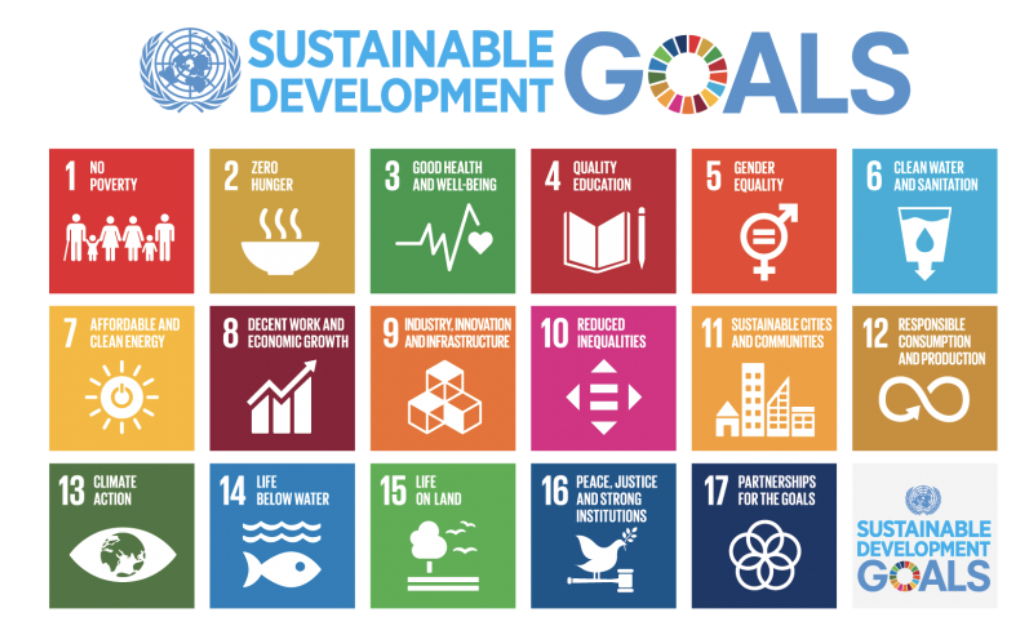3.1 The Design Lifecycle
3.1.3 Precious Plastic
Hi, I’m Dave. 30 year guy from the Netherlands. I kinda like working on global problems, try to fix them by shooting some ideas at it. From reducing e-waste with a modular phone to making informative videos or developing machines to boost plastic recycling. I graduated from the Design Academy in Eindhoven and these days I work in an old post office in Helmond, Netherlands. Well..at the moment it’s more of a messy workspace. I love to make things, research, work open source, travel and use the power of the internet. The latter is crucial for my work. My projects get bigger than what I can handle on my own. – I guess thats what happens when you work on global stuff. Luckily there are inspiring, creative, like minded people from all over the world to help out. These people are part of our community. Honestly, if it wasn’t for these amazing people supporting and helping out these projects would have zero impact. (Dave Hakkens)
In 2013 designer Dave Hakkens started Precious Plastic, a plastic up-cycling project, which turned into a movement of educators, recyclers, upcyclers, material designers, product developers, makers, start-up'ers. We all know the challenge: plastic waste as big islands floating in our oceans and cloging waste dumps and landfills, killing off animals in sea and on land, spreading as micro particles in drinking water and into organisms. Dave Hakkens made the challenge and opportunity in which he made plastic precious, taking the philosophy of a circular economy to the next level –of not just turning waste into resources, but of turning waste into a high quality and precious resource.
| The Precious Plastic Introduction Video (YouTube) |
We need to know 'what-is-what'. When sorting the waste-bottle caps, we must know that they are made from different materials from CD covers, as well as the colour of the plastic. So sorting by different sorts of plastic as well as by colours will give the necessary 'raw' material for upcycling into a precious material. Moreover, to create a supply chain of plastic, it is necessary to identify a waste supplier to keep the resources flowing. All this has been underpinned by the Precious Plastic educators, one of which might be close to where you are.
Precious Plastic has become a movement of more than 40.000 participants globally, and you can start your own community, build your own workshop, and start shredding, melting, pressing, cooling, cutting, exploring and making. Precious Plastic is a multiple design system, sparked from a great idea to take a solution up one level. By giving agency to our common urge to contribute positively to change and by providing something socially, materially, mechanically, and aesthetically attractive, to explore and to tinker with, Dave Hakkens connected multiple communities while designing a movement.
In the framework of the UN SDGs, Precious Plastic addresses more than one goal. The obvious one is Goal 12 for Responsible Production and Consumption, but it also addresses Goal 14 For Life Below Water, and Goal 15 for Life On Land. Moreover, Precious Plastic takes on even more as a DIY SDG-movement, and is thus a paradigmatic example of Goal 17 for Partnerships for Action.
 |
| UN Sustainable Development Goals |
Pick one a the smaller design cycles in the Precious Plastic 'ecosystem' such as
- Starting a community
- Communicate the knowledge of plastic as resource
- Building a workshop
- Securing your resource stream
- Investigating plastics for new products
- Connecting with designers and design companies
- Disseminating Precious Plastic to new communities
Map your process or strategy to one or two of the UN SDGs goals to develop a holistic workflow for plastic reuse
 |
| Tool Kit by Digital Society School: People Planet Profit |
References
- Dave Hakkens, https://davehakkens.nl/
- Precious Plastic, https://preciousplastic.com/
- Precious Plastic 4 – Fully Explained, https://www.youtube.com/watch?v=thhHoPJ6Y14

